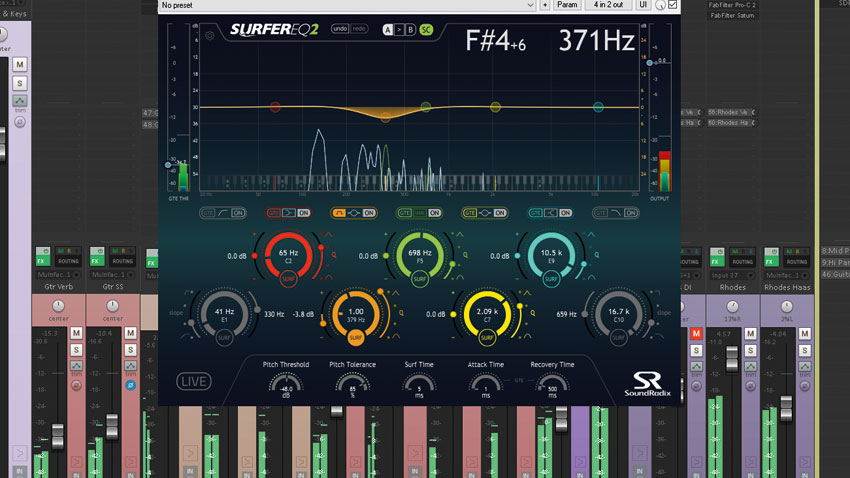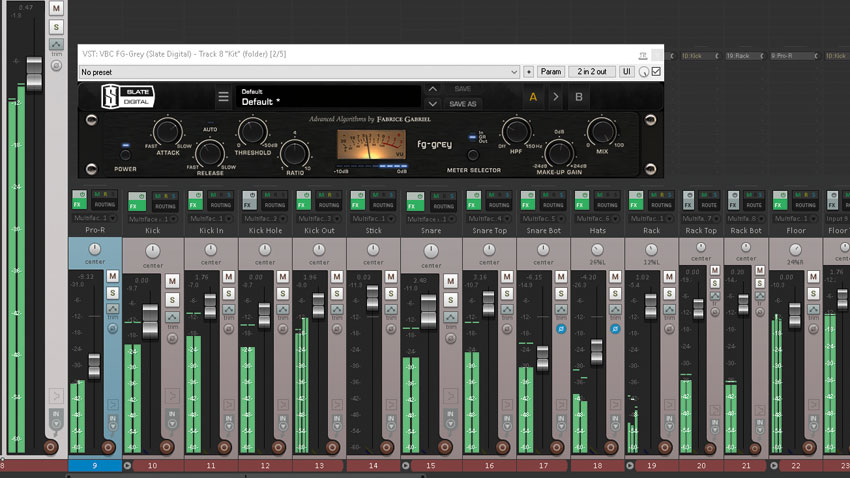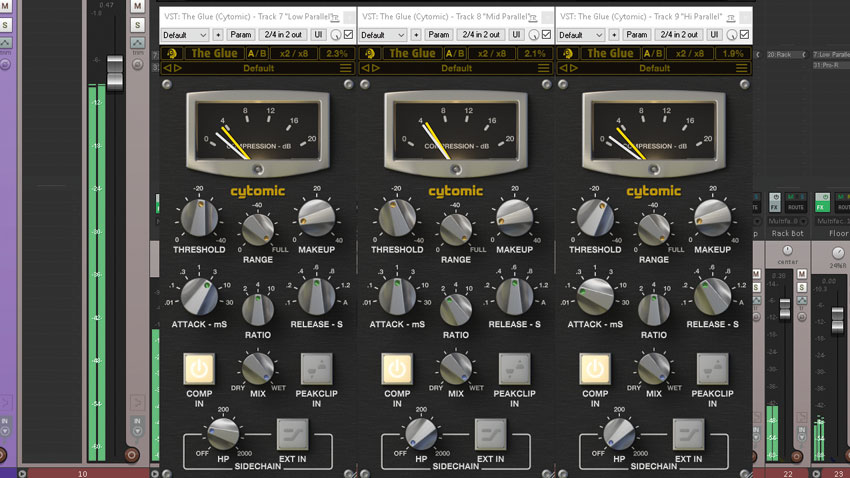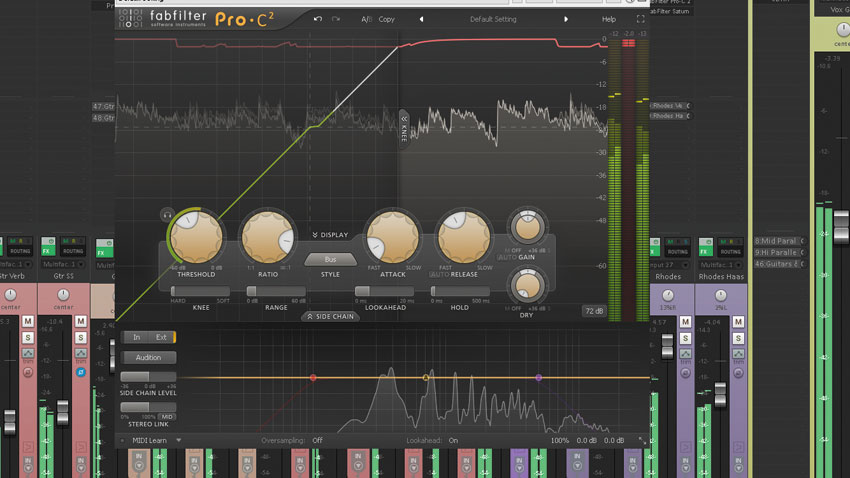6 advanced bussing tips for next-level mix cohesion
Think you know everything there is to know about bussing? Think again…

Once you fully understand the fundamentals of grouping tracks and bussing mixer channels to simplify and streamline the mixing process, you're qualified to step up to the next level.
Here, we share six tried and tested 'power user‘ bussing techniques guaranteed to get your creative juices flowing. For more power mixing tutorials, pick up the April edition of Computer Music.

Step 1: Use subgroups to organise your mix, and compress them. Compress the drum bus to add groove and bounce, the guitar bus to glue the guitars around each other, and so on. This can allow for a more targeted and controlled ‘glue’ effect than full mix compression, though also a little less complex, as there’ll be no interaction between groups.

Step 2: Create parallel busses called Bass, Mids and Treble, and send each track to the most appropriate one: kick, floor tom and bass guitar to the Bass bus; snare, electric guitar and vocal to the Mids bus; and drum overheads, acoustic guitar and maybe female vocal to the Treble bus. Compress each bus to glue those elements, and blend in the mix to taste.

Step 3: Try the last two tricks together: bus parts into groups by instrument, but also send to parallel buses according to the vague (and deliberately intuitive) scheme in the last step. This gives you very controllable interaction between, say, the guitars; and also very controllable interaction between the electric guitar and the snare drum at the same time.

Step 4: Compress your guitar group, with the sidechain keyed from from the lead vocal, so that the guitars duck down when the vocals come in, and ride up again afterwards. You probably won’t want more than a dB or two of this at most. Compressors with a Range parameter are useful, as you can then control the amount of ducking very precisely.

Step 5: Use a multiband compressor with a sidechain input to duck just the low-mids of your guitar group when every snare hits. Multiband ducking can also provide a subtler version of the famous ‘kick-ducks-bass’ trick, where your kick only ducks the low frequencies of the bass instead of the whole signal.
Want all the hottest music and gear news, reviews, deals, features and more, direct to your inbox? Sign up here.

Step 6: Finally, use Sound Radix Surfer EQ to process a guitar group, with your lead vocal piped into the sidechain input. Set a bell cut or two to track prominent harmonics in the vocal part, with the Gate function set so that the cuts are only active when the vocal is present. It’s a pro trick, but it can achieve that necessary separation in vital frequency areas.
Computer Music magazine is the world’s best selling publication dedicated solely to making great music with your Mac or PC computer. Each issue it brings its lucky readers the best in cutting-edge tutorials, need-to-know, expert software reviews and even all the tools you actually need to make great music today, courtesy of our legendary CM Plugin Suite.
